Static exercises can appear unassuming and straightforward. Static exercises offer a wealth of benefits to those seeking to build strength, stability, and control. Think of a time you went to perform a movement, like getting up off the floor or getting into a car, and suddenly realized you felt weak or unstable. Static exercises could have helped you build the strength, body awareness, and control to perform that movement with ease. In this article, we’ll explore the ins and outs of static exercise and how this valuable form of movement can help you achieve your goals.
Pliability's mobility app can help you build full-body strength, stability, and control using simple static exercises that can be done anywhere, without the need for complex equipment or high-impact movement.
What is Static Exercise and Why Is It Important in a Fitness Routine?
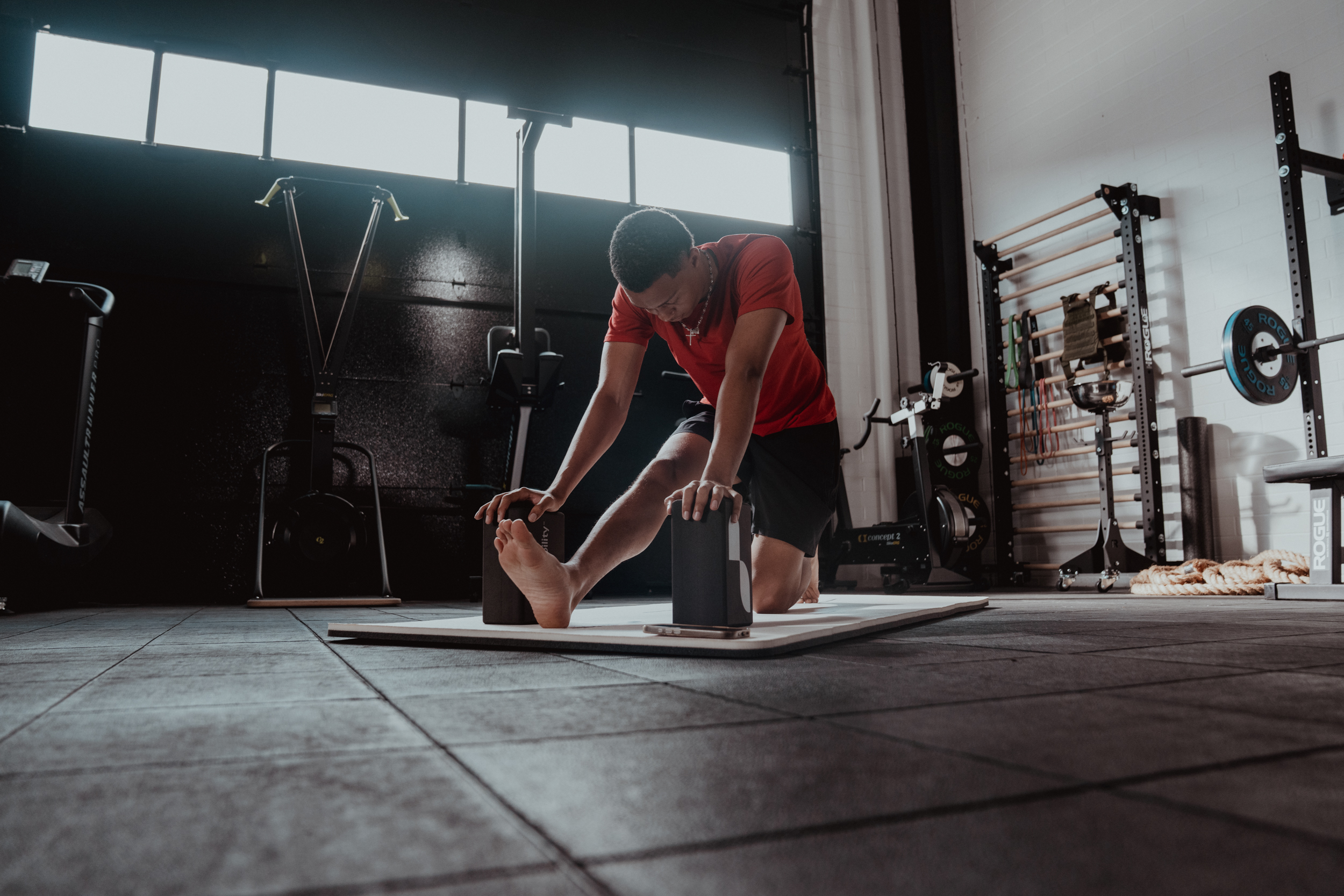
People can do two major types of exercises to stay fit: static and dynamic. The main difference between the two is the amount of movement involved in each exercise. Static exercises involve little or no motion, while dynamic exercises incorporate more action, such as jumping and accelerating. For example, a classic static exercise is a plank hold (in which you hold your core steady), whereas a squat jump is an example of a dynamic exercise.
This means that different muscle groups are engaged when performing these exercises, with static movements working the core and postural muscles and dynamic ones focusing more on muscular endurance and power output. These exercises focus on maximizing time under tension, which can be surprisingly challenging yet incredibly effective.
What are Static Exercises?
Static exercises, also known as isometric exercises, involve holding a position without any significant movement. The muscles are contracted, but there is little to no joint movement. These exercises differ from the usual dynamic exercises in that they focus on holding a position rather than moving through a range of motion.
For example, a classic static exercise is a plank hold (in which you have your core steady), whereas a squat jump is an example of a dynamic exercise. This means that different muscle groups are engaged when performing these exercises, with static movements working the core and postural muscles and dynamic ones focusing more on muscular endurance and power output.
Key Benefits of Static Exercises
Static exercises come with several benefits that can complement your regular workout routine. Here are some key advantages:
1. Improved Muscle Endurance
If you practice sports that require you to exert continuous force, such as climbing or gymnastics, static holding exercises might be an excellent option. Holding a position for an extended period requires your muscles to work harder to maintain it.
This builds muscle endurance, making your muscles more resistant to fatigue over time. For instance, holding a long lever plank for a minute can significantly improve your core endurance, which can help you perform better in other exercises and daily activities.
2. Enhanced Stability and Balance
Static holds require engaging your core and stabilizing muscles to maintain your body's stability. This improves your overall stability and balance, which is crucial for both everyday activities and athletic performance. For instance, holding a single-leg balance can enhance your proprioception and coordination, reducing the risk of falls and injuries.
3. Increased Strength
Isometric exercises can increase muscle strength, but the magnitude of this increase depends on the specific joint angle at which they are performed. Isometric exercises increase strength by approximately 10 degrees on either side of the joint angle at which the exercise is performed.
Therefore, with isometric strengthening, exercise should be performed at multiple angles every 20 degrees to achieve strength throughout the ROM. Isometric exercises improve strength at other angles by 10% to 50% and have the most effect when performed with the muscle in a lengthened rather than a shortened position.
4. Mental Toughness
Holding a challenging position for an extended period isn't just physically demanding; it's also mentally taxing. The decision to leave the position you are in is solely up to your mind. Static holds can help build mental strength and focus, which can translate to other areas of your life.
5. Joint Health
Static holds can improve joint stability and health by strengthening the muscles around your joints. This can help prevent injuries and improve your overall mobility. For example, holding a wall sit can strengthen the muscles around your knees, providing better support, reducing the risk of knee injuries, and reducing pain in known joint conditions such as knee osteoarthritis.
Static vs Dynamic Exercises
Static and dynamic exercises are two different types of physical activities with distinct characteristics and benefits. Here’s a breakdown of their differences:
Definition:
- Static exercise: Static exercises involve holding a position or pose without significant movement. The muscles are contracted, but there is little to no joint movement.
- Dynamic exercise: Dynamic exercises involve continuous and repetitive movements that actively engage multiple muscles and joints throughout the range of motion.
Muscle Engagement:
- Static exercise: Static exercises primarily target specific muscles or muscle groups and aim to strengthen and stabilize them. The muscles are contracted and held in a fixed position.
- Dynamic exercise: Dynamic exercises involve a broader range of muscle engagement as multiple muscle groups work together to perform the movement.
Benefits:
- Static exercise: Static exercises are excellent for improving muscular strength, endurance, and stability. They can enhance core strength, promote better posture, and increase muscle tone. These exercises are often used in isometric training and rehabilitation programs.
- Dynamic exercise: Dynamic exercises are beneficial for cardiovascular fitness, overall strength, flexibility, and coordination. They improve muscle strength and power, enhance joint mobility, and contribute to functional movements used in daily activities or sports.
Examples:
- Static exercise: Plank, wall sit, bridge, side plank, and isometric contractions (such as squeezing a muscle without movement) are examples of static exercises.
- Dynamic exercise: Walking, running, cycling, swimming, weightlifting, squats, lunges, push-ups, and yoga flows are examples of dynamic exercises.
Impact:
- Static exercise: Static exercises typically have a lower impact on the joints as there is little to no movement involved.
- Dynamic exercise: Dynamic exercises can vary in impact depending on the intensity and nature of the movements. High-impact activities, such as jumping or running, may put more stress on the joints.
Related Reading
- Body Awareness
- What is Functional Movement
- Functional Strength Training
- Does Yoga Help With Mobility
- How Long Does It Take to Improve Flexibility
- Why is Range of Motion Important
- How to Fix Tight Hamstrings
15 Examples of Static Exercises for Whole-Body Strengthening
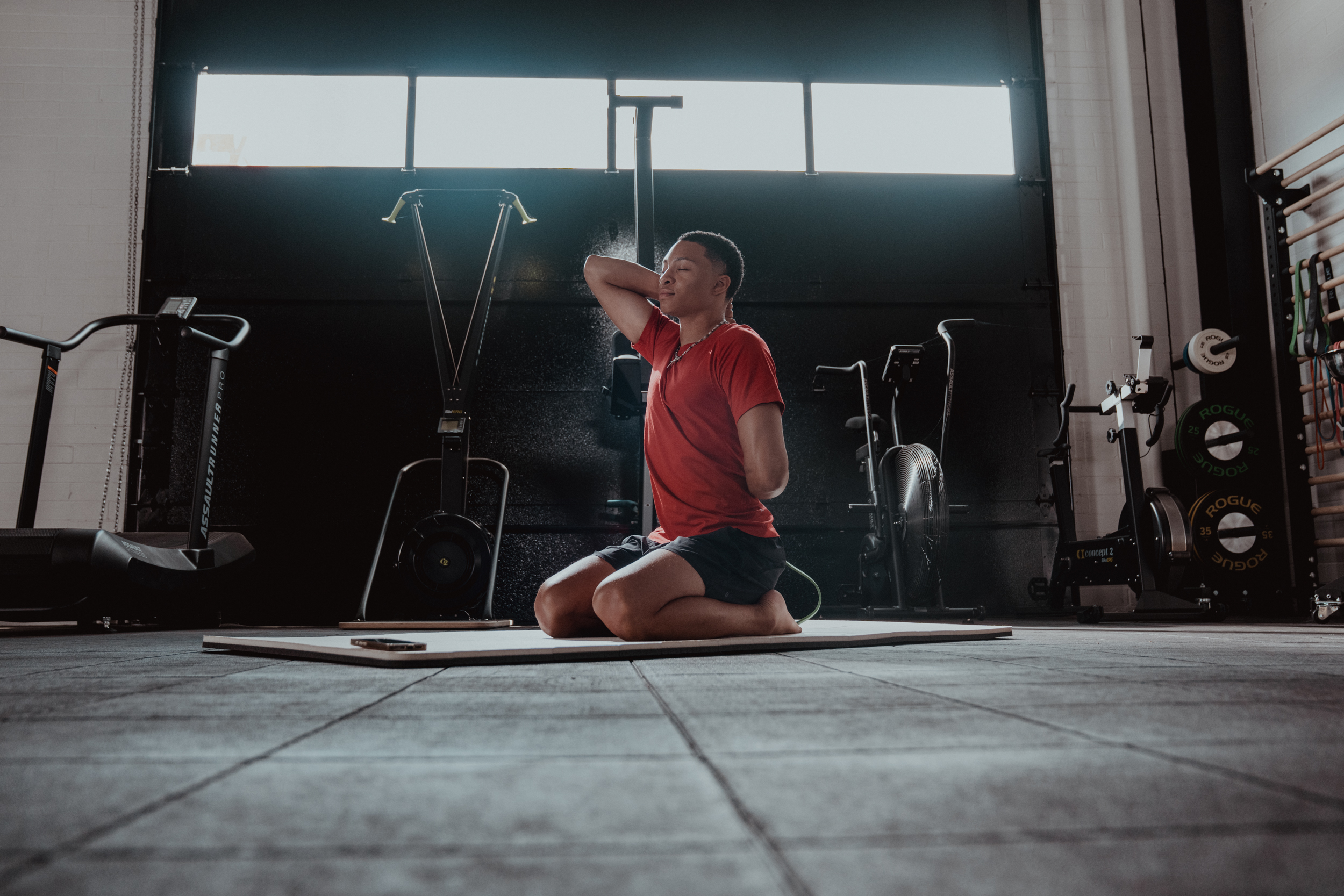
The following exercises will help strengthen your entire body and identify any areas of weakness. They’re simple to perform, you can do them easily, and they’ll give you a good start toward having new levels of strength:
1. Plank
The plank is a classic static hold that targets your core, shoulders, and glutes. That’s why it is considered one of the best compound core exercises.
To do a plank, get into a push-up position with your forearms on the ground and hold your body in a straight line from head to heels. This exercise is excellent for building core strength and stability, and it has several variations that can be done to add variety.
2. Low Squat
Stand tall with your feet at hip-to-shoulder-width apart and your both hands by your sides, toes pointed forward. Keep your back flat and core working, push your hips back, bend your knees, extend your arms forward, and lower your body as much as possible. Hold for 30 seconds.
3. Split Squat
If you have weak glutes and quads, you are at risk of a runner’s knee and a variety of other overuse illnesses; split squats will help decrease that risk. Step into a lunge position by taking an athletic stance with your back straight and your core engaged. Sink until your front knee is bent to 90 degrees and your rear knee nearly touches the floor to make the position harder.
4. Wall Sit
The wall sit is excellent for your quads, glutes, and calves. Stand with your back against a wall and slide down until your knees are at a 90-degree angle. Hold this position as long as you can. Wall sits are excellent for building lower-body strength and endurance.
5. Calf Raise Hold
Begin by raising your heels and lifting your torso off the ground with both legs. Once you’ve gotten as high as you can, hold this posture for 1 minute before gently descending. As your body adjusts to the additional stress, you can increase the time by 30 seconds at a time until you reach 5 minutes.
6. Static Lunge
Stand tall, with your feet hip-width apart, and your hands at your sides. Take a large stride forward with your right foot, keeping your chest up, shoulders back, back flat, and core engaged. Lower yourself until your front thigh is parallel to the ground and your left knee is bent at 90 degrees. Hold for a time till you get tired, doing equal repetitions on each side.
7. Dumbbell Curl
Stand with a pair of dumbbells at your sides at arm’s length, palms facing front. Raise the dumbbells until your forearms are parallel to the floor, keeping your elbows tucked and upper arms locked. Hold until you are exhausted.
8. Pull-Up Hold
With your hands shoulder-width apart, grasp the pull-up bar. Pull yourself up until your upper chest is level with the bar. With the elbow down, center around pressing the shoulder bones together, and stand firm on the footing for 1-2 minutes.
9. Dead Hang
With your hands spread shoulder-width apart, grab a pull-up bar with an overhand or underhand grip. With your legs crossed behind you and your toes pointing down, let your body hang. Hold on until you’re worn out.
10. Bridge
Rests on your back on the floor. Flex your knees, keep your hands on the sides, and your feet and palms level on the ground. Your hips should be gently pushed up as you support your body with your feet and palms. Before lowering your body back to the starting position, maintain this position for ten seconds.
11. Static Back Exercise
Rest with your back on a plinth. Bend your legs from the hips to 90 degrees and from the knees to 90 degrees, and place the table under the legs to support them. Press your lower back towards the floor without holding your breath. Hold the back down for 30 secs.
12. Hollow Hold
The hollow hold is a core exercise where you lie on your back, lift your legs and shoulders off the ground, and hold that position for a specified duration. This exercise is excellent for building core strength and stability. It also engages your hip flexors and lower back muscles.
13. Isometric Push-Up Hold
Get into a push-up position and lower yourself halfway down. Hold this position to engage your chest, shoulders, and triceps. Isometric push-up holds can help improve your upper body strength and endurance. You can add a rep between holds to make it extra challenging.
14. Single-Leg Balance
Stand on one leg and hold the position for as long as you can. This exercise challenges your balance and engages your stabilizing muscles, particularly in your lower body and core.
15. Glute Bridge Hold
This is a great static holding exercise to build a heart-shaped butt. Lie on your back with your knees bent and feet flat on the ground. Lift your hips towards the ceiling and hold the position.
This exercise targets your glutes, hamstrings, and lower back, helping to strengthen your posterior chain.
Related Reading
- How to Get a Crook Out Your Neck
- Loss of Mobility
- How Does Flexibility Work
- Flexibility Gymnastics
- Are Women More Flexible Than Men
- What is the Impact of Age on Flexibility
- What is Passive Stretching
How to Incorporate Static Holding Exercises into Your Routine
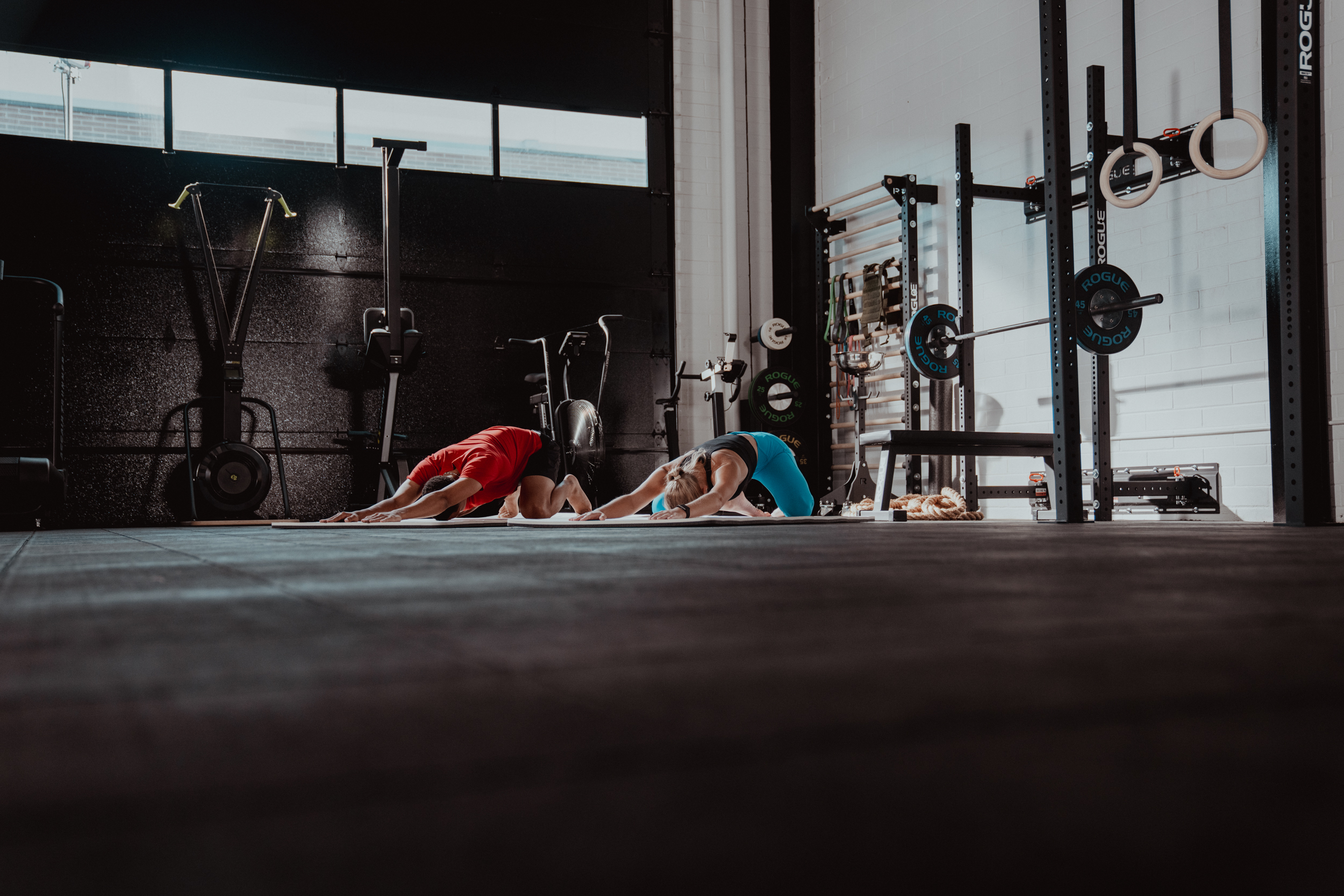
You can’t just jump into static exercises without first preparing your body. Warm up your muscles and joints with dynamic movements to get blood flowing and reduce your risk of injury.
For example, if you plan to do wall sits to improve your lower-body strength, start with some squats or lunges before progressing to the wall sit. This will help your muscles adjust to the movement and prepare them for the challenge.
Start Small: Progress to Longer Holds
If you’re new to static holds, don’t rush things. Like any other exercise, you need to build strength and endurance with static holds. Start with shorter hold times and gradually increase them as you improve.
For example, begin with 10 to 15 seconds of a plank hold and work your way up to 60 seconds or more. Progressing slowly helps prevent injuries and allows your muscles to adapt.
Mix It Up: Add Static Holds to Your Regular Routine
Incorporate static holds into your regular workout routine. For example, add a plank hold at the end of your core workout or a wall sit during your leg day. Mixing static holds with dynamic exercises can add variety to your workout and target different muscle groups.
Focus on Form: Proper Alignment Matters
Proper form is crucial in static holds to prevent injury and maximize the benefits of the exercise. Ensure you're engaging the correct muscles and maintaining good posture. If you're unsure about your form, consider working with a trainer or using a mirror to check your alignment.
Breathe: Don’t Hold Your Breath
It can be tempting to hold your breath during static holds, but doing so can increase tension and make the exercise more challenging. Instead, try to take deep, controlled breaths to keep your muscles oxygenated and reduce stress.
Use Static Holds as Finishers
Static holds can be used as finishers at the end of your workout to fatigue your muscles fully. For instance, after completing your regular sets of push-ups, hold the push-up position halfway down for as long as possible. Your muscles will thank you later!
Common Mistakes to Avoid When Doing Static Holding Exercises
While static holding exercises are relatively straightforward, there are some common mistakes to watch out for:
Overdoing It: Listen to Your Body
While static holds are effective, it's important not to overdo it. Listen to your body and give yourself adequate rest between sets and workouts. Overtraining can lead to fatigue and increase the risk of injury.
Neglecting Other Exercises: Find a Balance
Static holds are a great addition to your routine, but they shouldn't replace dynamic movements. Ensure that you balance your workout with a mix of static and dynamic exercises. This balance ensures comprehensive muscle development and overall fitness.
Ignoring Progression: Keep Challenging Yourself
To continue seeing improvements, gradually increase the duration of your static holds. Sticking to the exact hold times can lead to a plateau. Challenge yourself by adding a few seconds each week to keep progressing.
Improve Your Flexibility with Our Mobility App Today | Get 7 Days for Free on Any Platform

Pliability offers a fresh take on yoga, tailored for performance-oriented individuals and athletes. Our app features a vast library of high-quality videos designed to improve flexibility, aid recovery, reduce pain, and enhance range of motion.
Pliability: Daily Mobility for Better Movement
Pliability offers daily-updated, custom mobility programs for individuals seeking to optimize their health and fitness. It also includes a unique body-scanning feature to pinpoint mobility issues. If you're limited by pain or mobility, Pliability aims to complement your existing fitness routine and help you move more effectively.
Sign up today to get 7 days free on iPhone, iPad, Android, or on our website. Our mobility app helps improve flexibility, aid recovery, reduce pain, and enhance the range of motion.
Related Reading
- Dynamic Movement
- Why Does Stretching Hurt
- Yoga Poses for Flexibility
- Hip Opening Yoga Poses
- Proprioception Exercises
- Neck Mobility Exercises
- Flexibility Goals Examples
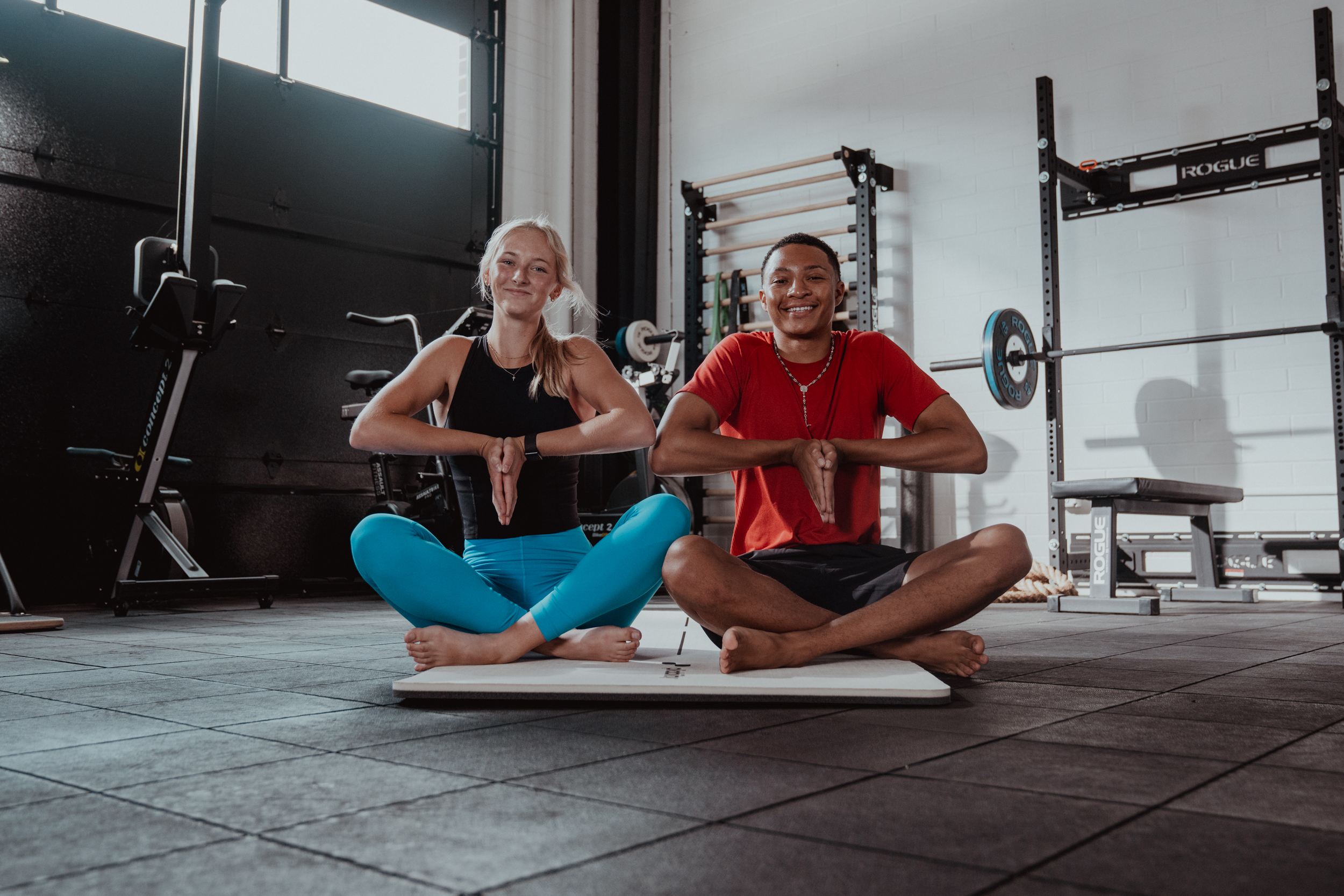

.jpeg)

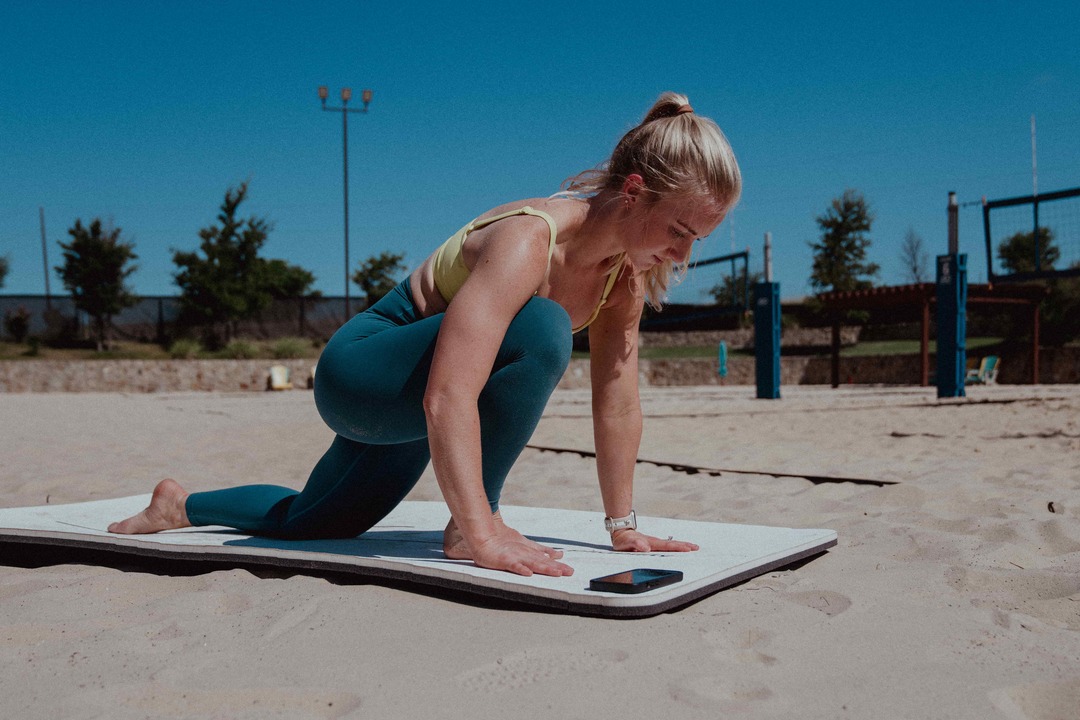
.jpg)
.jpg)


